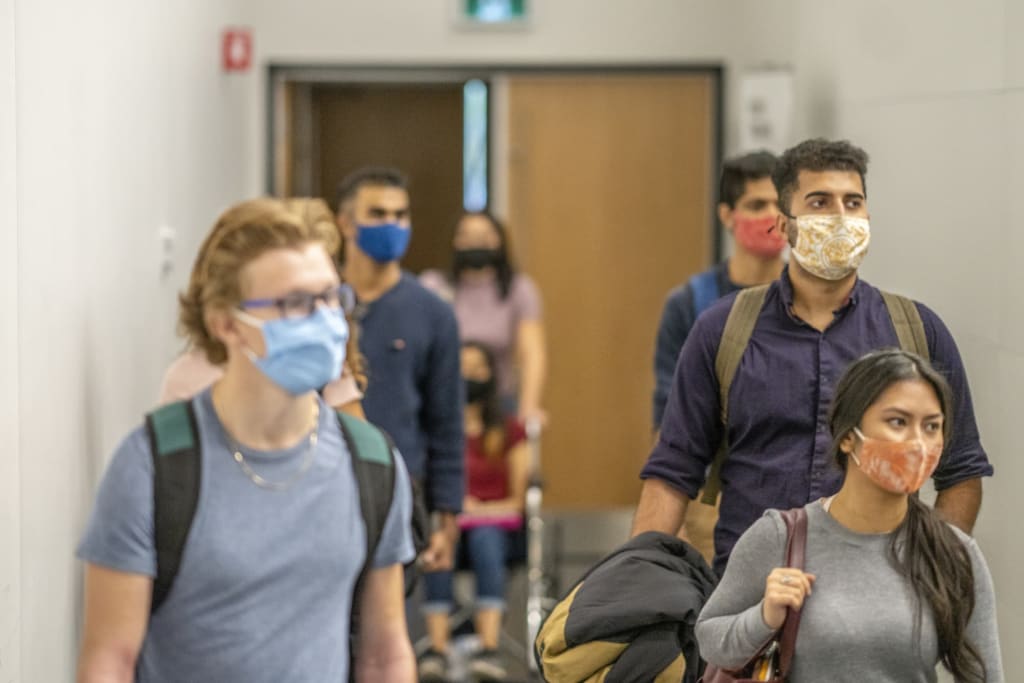As the Omicron variant of the COVID-19 virus continues to spread rapidly around the world, colleges and universities are once again being forced to adapt to the ever-changing circumstances. In 2022, many higher education institutions have made the decision to go remote in order to protect the health and safety of their students, faculty, and staff.
The decision to transition to remote learning comes as no surprise to many in the education sector, as the Omicron variant has proven to be highly contagious and thus poses a serious threat to public health. By moving classes online, colleges and universities are hoping to minimize the risk of transmission and reduce the potential for outbreaks on campus.
While some may view the move to remote learning as a setback, many colleges are well-prepared to make the transition smoothly. After all, many institutions have had experience with remote learning over the past two years, having had to switch to online classes during the height of the pandemic. This time around, colleges are better equipped with technology and resources to deliver high-quality remote instruction to students.
Of course, transitioning to remote learning is not without its challenges. Many students struggle with the lack of in-person interaction and socialization that comes with traditional, face-to-face learning. In addition, some students may not have access to the technology or internet connection needed to participate in online classes. Colleges and universities must work to address these issues and provide support to students as they navigate this new way of learning.
Despite the challenges, going remote in 2022 is a necessary step to protect the health and safety of the entire college community. By taking proactive measures to prevent the spread of the Omicron variant, colleges and universities are demonstrating their commitment to the well-being of their students and staff.
As the situation continues to evolve, colleges and universities will need to remain flexible and adaptable in their approach to education. By working together and supporting one another, the higher education community can overcome the challenges presented by the Omicron variant and continue to provide a high-quality learning experience for all students.
